This interview with Rory Benn-Clibborn is EPISODE 679. Check out our archives for more information on Lure Fishing In Australia!

In this masterclass, I chat with Rory Benn-Clibborn from Perch Palm Lures about various advanced techniques for fishing with soft plastic lures. These methods, commonly used and proven tournament winners overseas, can provide Australian anglers with new ways to target fish. Here’s a detailed breakdown of the techniques we discussed, focusing on practical application.
Drop Shot Rigging Soft Plastic Lures
Introduction to Drop Shotting
Drop shotting involves using a weight at the end of the line with a hook tied above it. It’s similar to the Paternoster rig commonly used in bait fishing and allows the lure to hover above the bottom, providing a natural presentation. It’s a slow fishing technique suited to when you’ve found fish and want to keep the lure in front of them, less suited to prospecting or searching for fish.
Key Components:
- Weight: Tungsten cylinder or teardrop shape for sensitivity and snag resistance.
- Hook: Straight shank drop shot hook (DSR hook) or EWG worm hook tied with a Palomar knot.
- Lure: Can work with nose-hooked worms, grubs, prawns, and creatures, but most commonly with worms. Worms can be nose hooked or wacky rigged (see below).
Technique
- Casting: Use a high rod tip, allow a bow in the line for slack so the fish can suck the lure in effectively. This assists greatly with hook sets..
- Retrieval: Drag the weight slowly along the bottom, creating subtle movements. Shaking the rod tip is a more commonly used method, but Rory finds dragging to be more effective and less likely to spook fish.
- Fishing Style: Effective for species like redfin, especially in winter when they are less active. Consider exploring this technique for yellowbelly, bass, estuary perch, barramundi and fingermark.
Tips for Drop Shotting with Soft Plastic Lures
- Line: Fluorocarbon for sensitivity and shock absorption.
- Depth Adjustment: Modify the dropper length based on the fish’s position. When casting, short droppers work best in shallow water and longer droppers are better for deeper water.
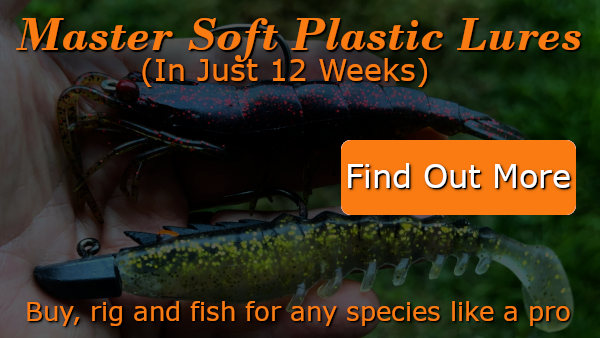
Texas Rigging Soft Plastics
Introduction to Texas Rigging
The Texas rig involves threading a soft plastic lure onto an EWG worm hook and using a sliding bullet weight. The weight can be restricted from sliding too far up the line by using a bobber stopper, or pegging it with a toothpick. Rory rarely does this except when fishing heavy structure. More typically, the free running sinker gives the lure a better action.
Key Components:
- Weight: Tungsten bullet weight for sensitivity and snag resistance. Often referred to by US anglers as a “flipping” weight. A plastic, glass or metal bead can be placed between the bullet weight and hook to protect the knot and create extra noise and colour.
- Hook: Wide gap worm hook.
- Lures: Variety of soft plastic lures, but typically creature baits or pintail minnows. Curly tail grubs and paddletail plastics are less suited and may spin rather than swim.
Technique
- Casting: Suitable for shallow water, weedy, or structured environments. Peg the sinker close to the hook in heavy structure to minimise snagging.
- Retrieval: Allow the lure to separate from the weight, giving it a natural fall. Can be worked aggressively or more slowly.
- Fishing Style: Use in heavily structured or open water for species like redfin, bass, and golden perch. In the north, barra, grunter and sooties may fall victim, plus jacks in among structure.
Tips for Texas Rigging with Soft Plastic Lures
- Line: Straight fluorocarbon for minimal resistance.
- Hook Setting: Firm hook sets to ensure penetration through the plastic.
Carolina Rigging
Introduction to Carolina Rigging
The Carolina rig uses a similar setup to the Texas rig but adds a leader between the weight and the hook, usually with a swivel and bead to create noise. If done correctly the lure will stay horizontal and rise just above the bottom.
Key Components:
- Weight: Tungsten bullet weight, bead, swivel, and a leader.
- Hook: Wide gap worm hook.
- Lure: Floating soft plastic lures or those with appendages for natural movement, such as prawns and creatures, although grubs can work well too.
Technique
- Casting: Drag the weight along the bottom, allowing the lure to float naturally behind.
- Retrieval: Slow and steady, keeping the weight on the bottom.
- Fishing Style: Ideal for open water with a flat bottom, targeting less aggressive fish.
Tips for Carolina Rigging with Soft Plastic Lures
- Leader Length: Adjust based on the water depth and fish’s behaviour.
- Soft Plastic Lure Choice: Floating plastics like TPE or Berkley Gulp to keep the lure off the bottom and floating naturally behind the bullet weight.

Wacky Worm Rigging
Introduction to Wacky Worm Rigging
Wacky rigging involves hooking a soft plastic lure through the middle, allowing it to flutter down naturally. This side to side rigging makes the worm look like a “U” shape when held up by the line.
Key Components:
- Hook: Drop shot hook or similar small hook.
- Lure: Heavily salted soft plastics like Senkos.
Technique
- Casting: Skip casting under structure or into pockets or precision casting near pontoons, pylons or other structure.
- Retrieval: Let the lure fall naturally on a slack line, once it reaches bottom simply retrieve and cast again.
- Fishing Style: Effective for targeting structure-bound species like redfin, bass, and potentially bream. Has potential for barramundi, jewfish and a range of other species.
Tips for Wacky Rigging with Soft Plastic Lures
- O-Rings: Use to prolong the life of the bait.
- Presentation: Focus on the bait’s fall, as most strikes occur during this time.
Ned Head Rigging
Introduction to Ned Head Rigging Soft Plastics
Ned Heads are jigging hooks with a flat face. They sit flat on the bottom and hold the soft plastic up vertically, like a work or other critter half immersed in the sediment. They’re great when fish are focussed on worms and crustaceans on the bottom.
Key Components:
- Hook: Ned Head jig.
- Lure: Especially effective with floating plastics such as those made from TPE, but can be used with PVC plastics also. Worms, grubs, craws and creatures are especially suited to this style of fishing.
Technique
- Fishing: Best fished over fairly flat, clean bottoms of sand or clay. Allow the lure to sit, essentially “dead sticking” it and letting the water movement impart subtle action.
- Retrieval: Super slow crawl along the bottom followed by extended pauses. Can be fished a little faster and more aggressively, with a couple of hops, followed by dead sticking for 15-20 seconds or more.
- Fishing Style: Effective for targeting bottom feeding fish like redfin, bass, estuary perch, yellowbelly, barra, grunter, flathead, whiting. Particularly effective during the transitional months of spring as the waters warm and crustaceans begin to move about.
Tips for Ned Rigging with Soft Plastic Lures
- Lures: lures made of very soft plastic that have a natural action and can waft about in minute water currents work best. Great for fishing craws, rigged backwards to look like a yabby in the defensive, claws up, posture.
Practical Applications of Soft Plastic Lures
Drop Shotting
- Shallow Water: Shorter dropper lengths, lighter weights.
- Deep Water: Longer droppers, heavier weights.
- Suspended Fish: Adjust the dropper to keep the bait at the fish’s level.
Texas Rigging
- Structured Areas: Use weedless rigging to avoid snags.
- Open Water: Allows for a natural presentation and fewer missed bites.
Carolina Rigging
- Open, Flat Bottoms: Ideal for less aggressive fish, providing a natural-looking bait.
- Floating Baits: Use to keep the bait off the bottom, mimicking natural prey.
Wacky Worm Rigging
- Structure Fishing: Skip cast under docks or into weed pockets.
- Target Species: Effective for species like redfin, bass, and potentially bream when targeting specific spots.
Ned Head Rigging
- Open, Clean Bottoms: Cast over sandy bottoms between patches of weed, flats near channels or dropoffs and places where fish hunt yabbies (fresh and saltwater), works and shellfish.
- Target Species: Effective for species like redfin, bass, yellowbelly, whiting, flathead, barramundi, grunter..
Conclusion
These advanced finesse techniques for soft plastic lures can significantly improve your fishing success by presenting lures in ways fish haven’t seen before. Experiment with these methods, adjust based on your local conditions, and you’ll find yourself catching more fish in no time. Soft plastic lures offer versatility and effectiveness, making them essential tools for any angler’s tackle box. Happy fishing!
Rory Benn-Clibborn
Native Freshwater Gun And Lure Maker
Rory grew up fishing the ACT and central NSW for native species and spent many years based in Canberra and fishing for yellas. He’s since moved to Melbourne, where he experiments with advanced soft plastic lure making and enjoys the finesse fishing species available in that part of the world.

Related Episodes
Soft Plastic Lure Fishing Hacks 101 With Greg Vinall
EPISODE # Check out our archives for more information on Botany Bay Fishing Spots!Fishing with soft plastic lures can be incredibly rewarding if you know how to use them effectively. With over 25 years of experience, I've picked up a range of tips and tricks that can...

Mastering Stealth: Techniques for Fishing in Pressured Waters
In today’s episode we’re exploring the five top tips for catching fish in waterways that cop a lot of fishing pressure.
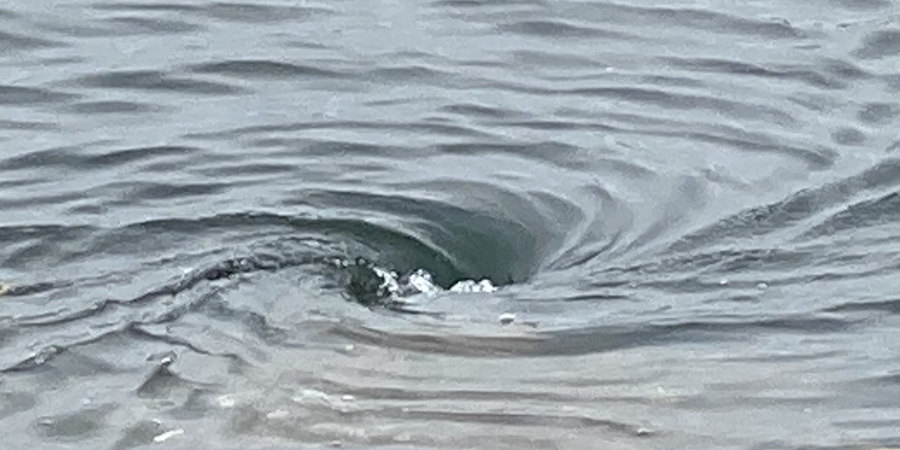
Finding Fish In Any Water Body
There’s a simple way to quickly and reliably identify where the fish will be congregated to feed…. and that’s the topic of todays ALF podcast episode.
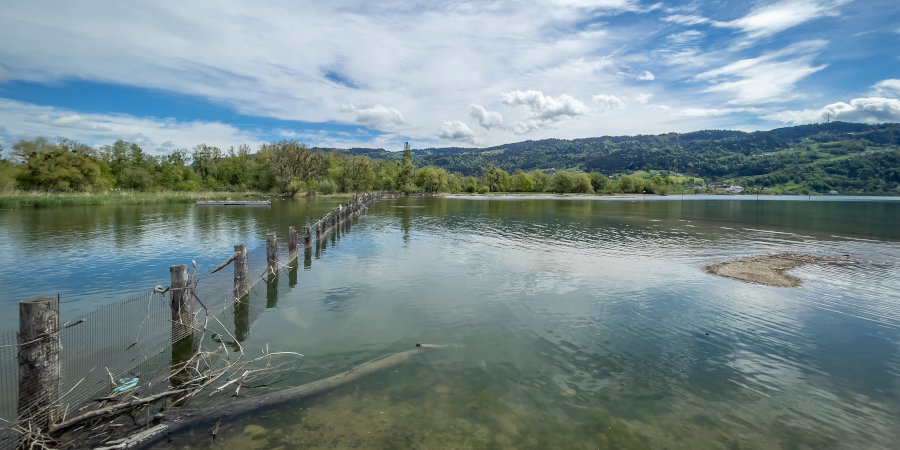
Best Times To Fish. Does No Run Really Mean No Fun?
Does the rule “where there’s no run there’s no fun” hold true? Greg explores the importance of water movement in all water bodies when it comes to aggregating bait and attracting sports fish.

Fishing Through The Lens Of SCF Content Creator Bonnie Cheung
Topwater Film Invitational: Today we talk to SCF content creator Bonnie Cheung and get a creative’s perspective on fishing video content.
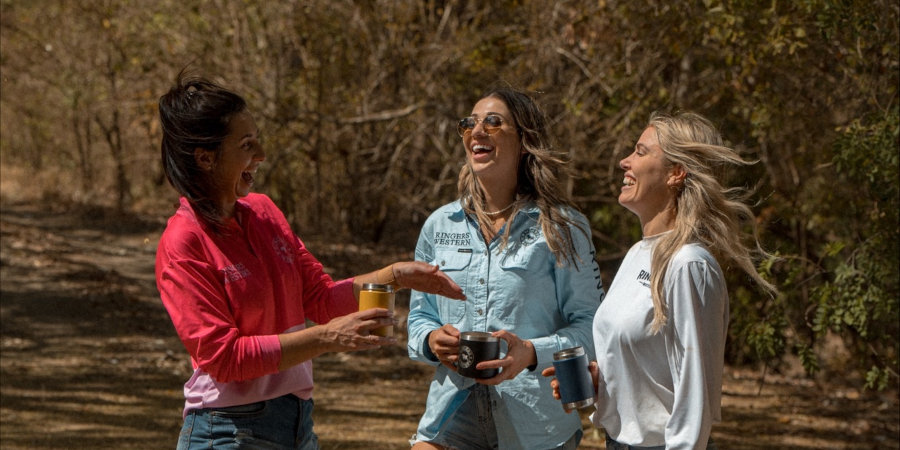
Topwater Film Invitational 2023: Team “Girls Gone Wild”
SCF Topwater Film Invitational competitor Kristin Goodchild comes onboard to give us a glimpse behind the scenes of the 2023 event.
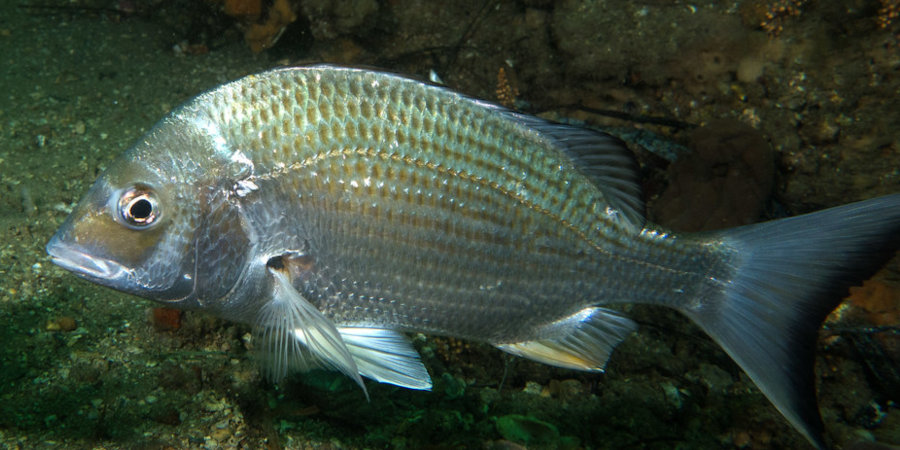
The Art Of Luring Bream
Tim “The Bream” Morgan is highly respected for his achievements on the tournament bream circuit, so when he gets chatting to fellow bream gun Andrew Death, you’d better believe that the pro tips will start flowing!
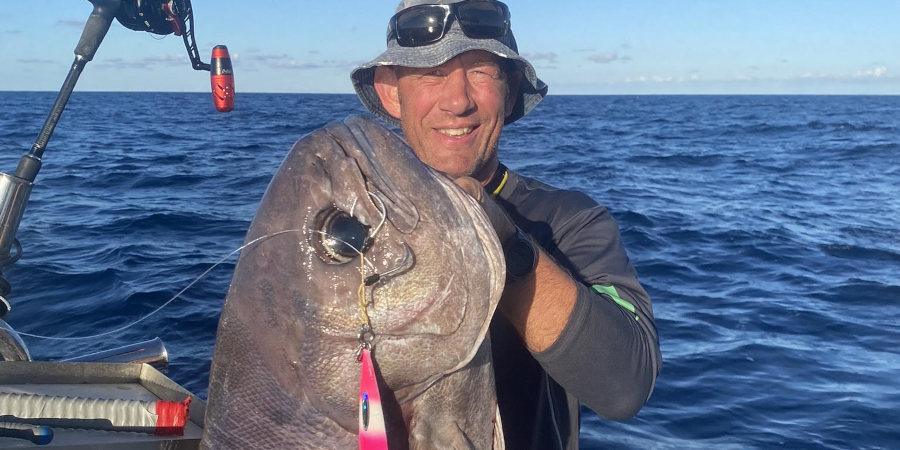
Episode 626: Advances in Deep Slow Pitch Jigging with Jim Potts
Deep drop slow pitch jigging is one of those areas where anglers are always pushing the limits of their gear and the available techniques. Jim Potts is at the forefront of the deep slow pitch revolution and shares his learnings as he modifies and develops tackle to meet his specific fishing needs.
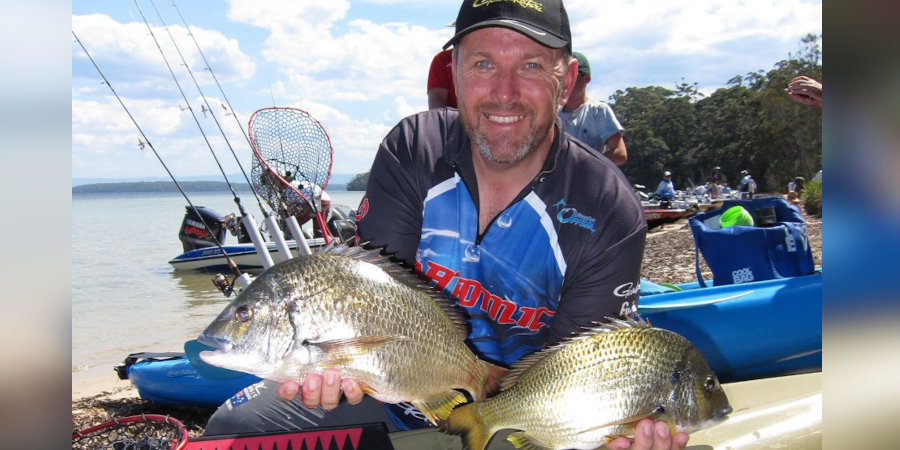
Episode 620: Maximise Your Fishing With Andrew Death
Tournament anglers approach their fishing a little differently than most social anglers. So what can we learn that might help us maximise our enjoyment and results when we’re not fishing competitively?
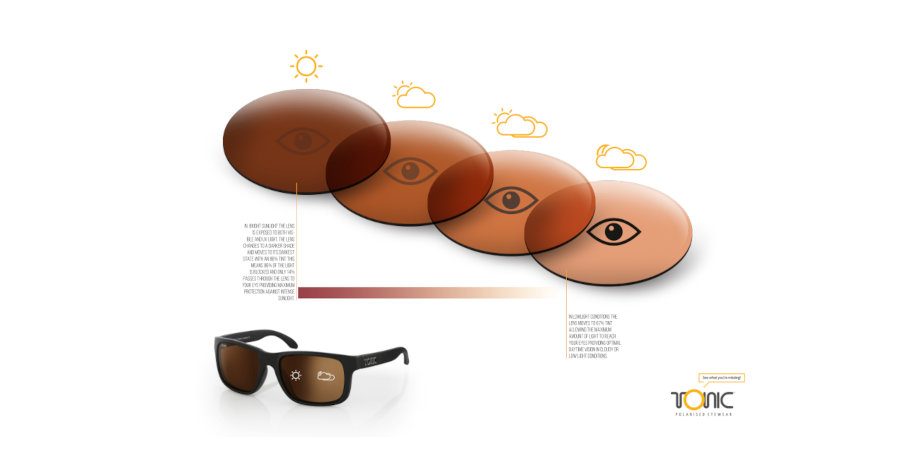
Ultimate Guide To Australia’s Best Polarised Fishing Sunglasses
There are lots of places in fishing you can save a buck, but polarised sunglasses are not one of them. Anglers are exposed more than most to harsh glare and UV, both of which can cause painful, debilitating and permanent eye damage. So, it’s hard to understate the importance of quality eyewear. Here’s what you should know.
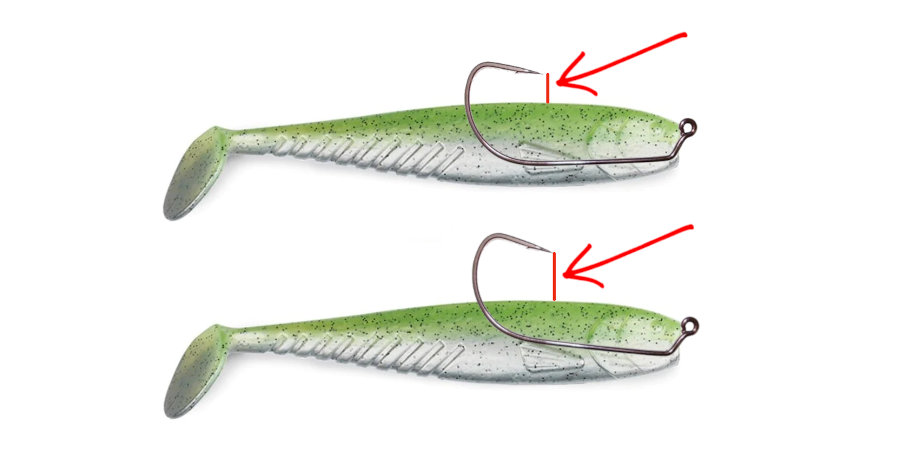
Episode 614: Ten Soft Plastic Lure Fishing Hacks With Greg Vinall
There are millions of ways of rigging, modifying, upgrading, or otherwise improving soft plastic lures for specific fishing applications. In today’s episode I share a few of my favourites.
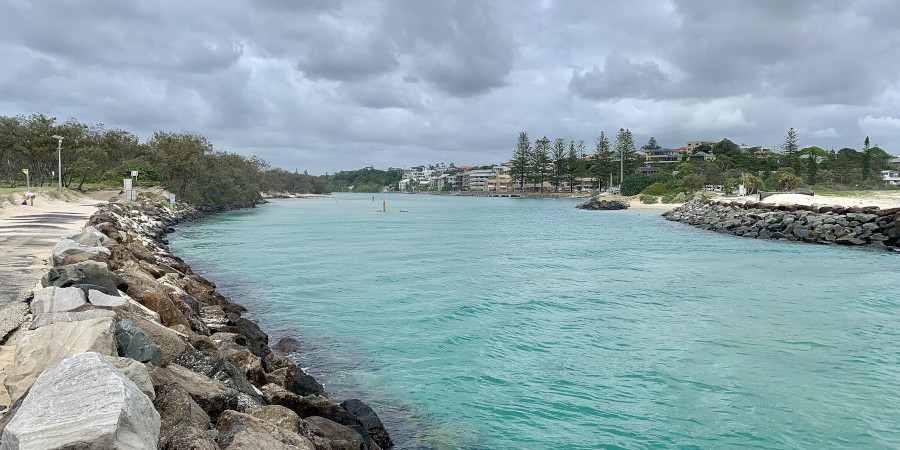
Episode 612: Winter Estuary Fishing With Greg Vinall
Show Notes For This Episode Are In Preparation, Please Come Back Later!Greg has hosted the Australian Lure Fishing Podcast since the very first episode in January 2019, being the interviewer for every one of the first 500 episodes. When he’s not interviewing top notch...
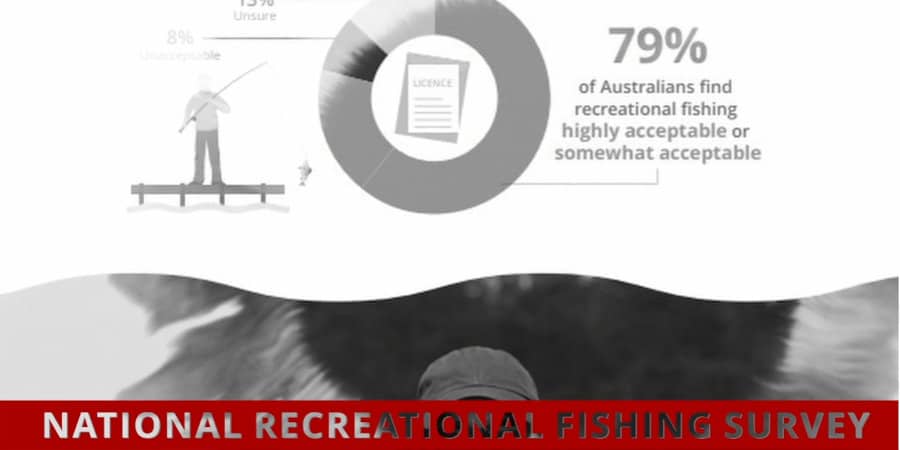
Episode 609: Highlights of the National Rec Fishing Survey With ABARES Fisheries Scientist Andy Moore
Andy Moore was the fisheries scientist at the centre of the National Recreational Fishing Survey, so today we’re spending some time unpacking the results of the survey and what they mean for Australia’s fishing future.
![[Trailer] Episode 603: Understanding Flathead With Greg Vinall](https://doclures.com/wp-content/uploads/2023/03/603-understanding-flathead-audio-greg-vinall.featured.jpg)
[Trailer] Episode 603: Understanding Flathead With Greg Vinall
There are some things about flathead that make them very different to other fish species. Body shape, binocular vision and a few other things that anglers should understand!
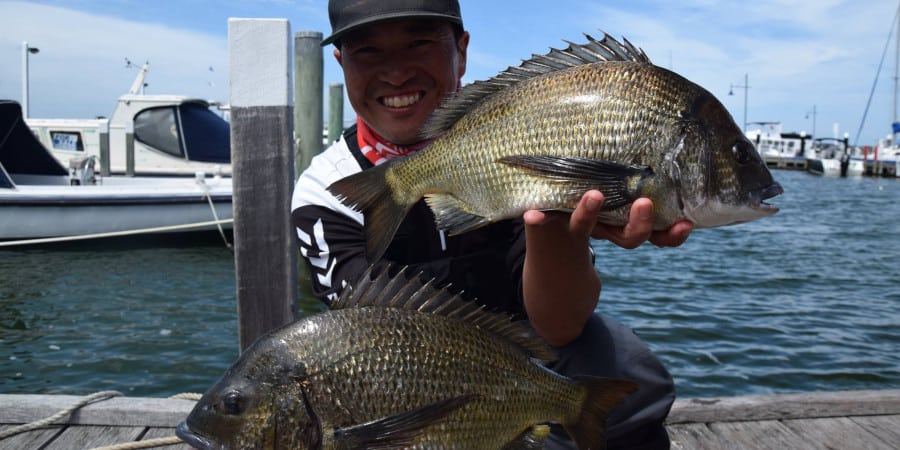
Episode 594: Tournament Breaming With Grayson Fong
Grayson Fong is a long-time, keen tournament angler who has competed as a boater, non-boater and kayaker over the years. In today’s episode he shares tons of great tips for anyone wanting to catch more bream.
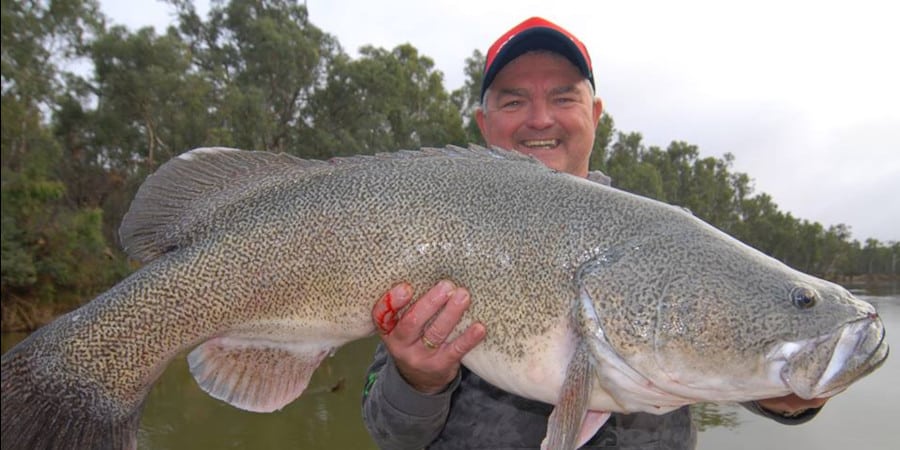
Episode 588: Spinnerbait Masterclass With Glen Casey And Caitlin Berecry-Brooks
Glen Casey is a Stalwart of the Australian tackle trade, co-owner of Bassman spinnerbaits, and as you might expect, a deft hand at catching fish on spinnerbaits.
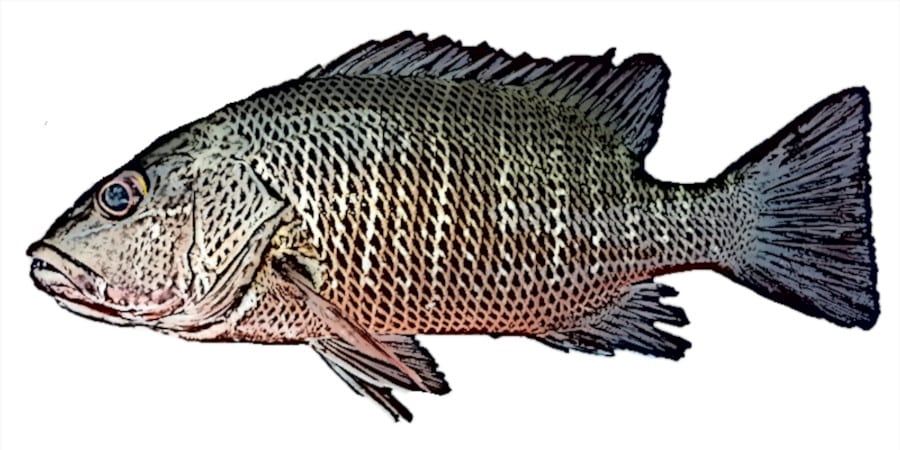
Episode 580: Mangrove Jack Roundup With Greg Vinall
Mangrove jack are a popular North Australian specie, but how much do you know about their habits and behaviours?
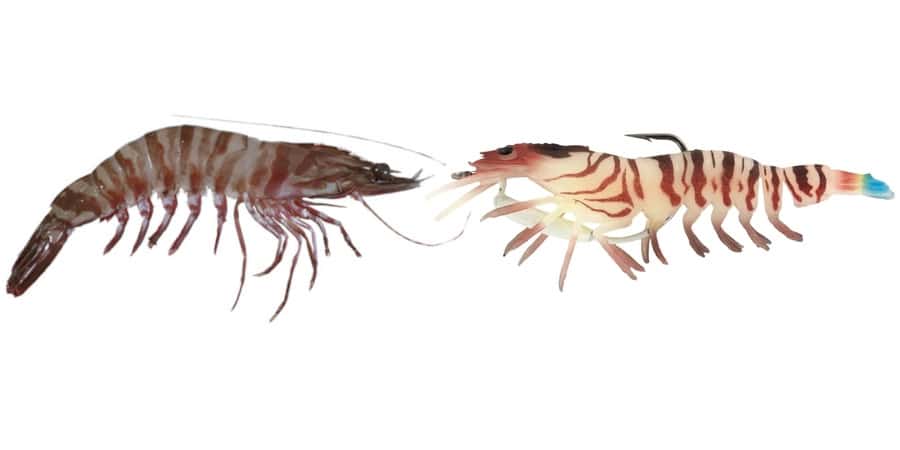
Episode 578: Why Soft Plastic Prawns Trump Real Prawns
Why Do Soft Plastic Prawn Lures Outfish Real, Live Prawns? Can soft plastic prawns outfish live prawns (or other live baits)? I reckon they do, consistently, when anglers take the time to learn how to use them. Maybe other people are more skilled at collecting and...
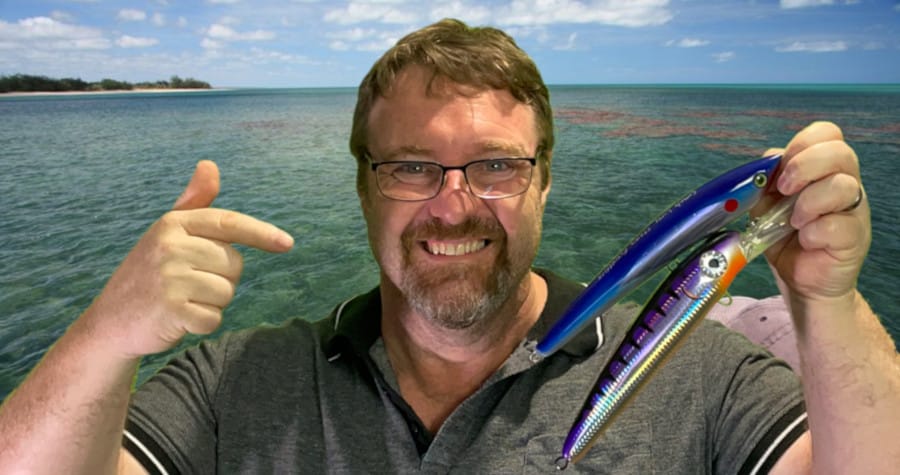
Episode 573: Five Lessons Learned From ALF Podcast Guests
I’ve learned a lot of things from the hundreds of conversations I’ve had with literally hundreds of Australia’s best lure fishers. This episode is about five of them!
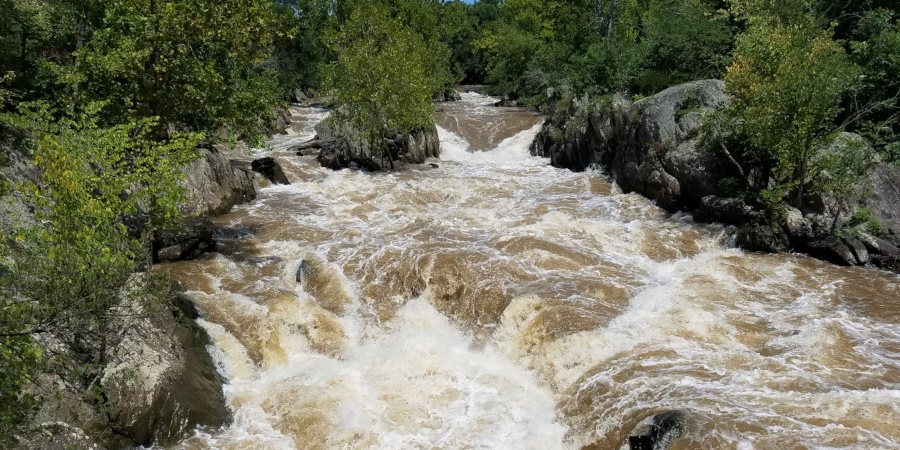
Fishing Flooded Waters: Good, Bad or Ugly?
Greg has hosted the Australian Lure Fishing Podcast since the very first episode in January 2019, being the interviewer for every one of the first 500 episodes. When he’s not interviewing top notch lure fishers he’s making wooden lures, chasing northern estuary...
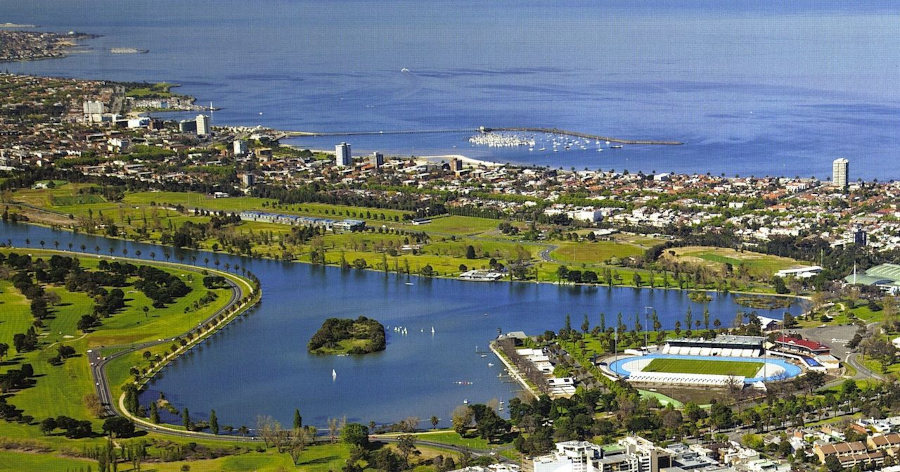
Lure Fishing Melbourne’s Lakes and Rivers
Looking for lake, river and estuary fishing spots around Melbourne? There’s no shortage of places to flick a lure, so check out this article for some great places to start.
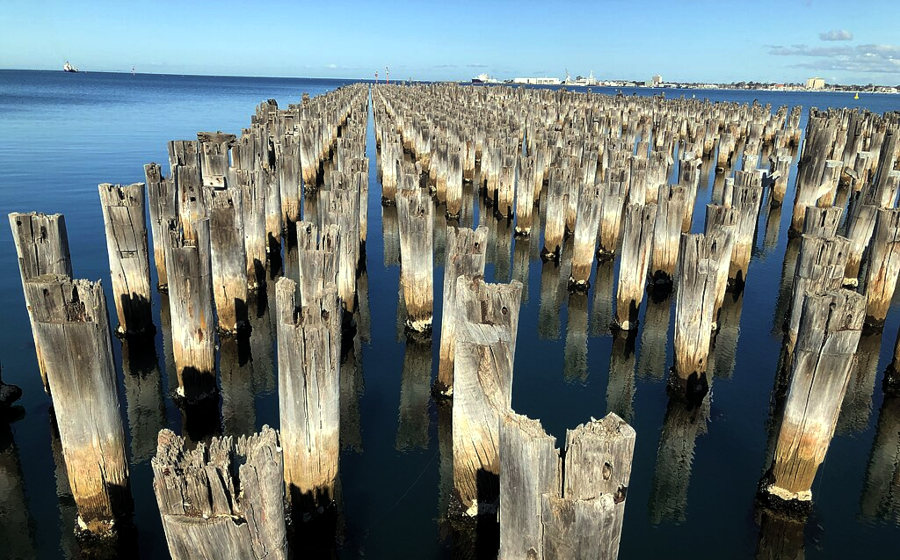
Pier Fishing in Melbourne: A Lure Angler’s Guide to Success
Melbourne is home to a vibrant fishing community, and for good reason. The city's extensive coastline is dotted with piers and jetties that are open to the public - and almost all produce fish at the right times. Local and visiting land-based anglers alike can enjoy...



0 Comments